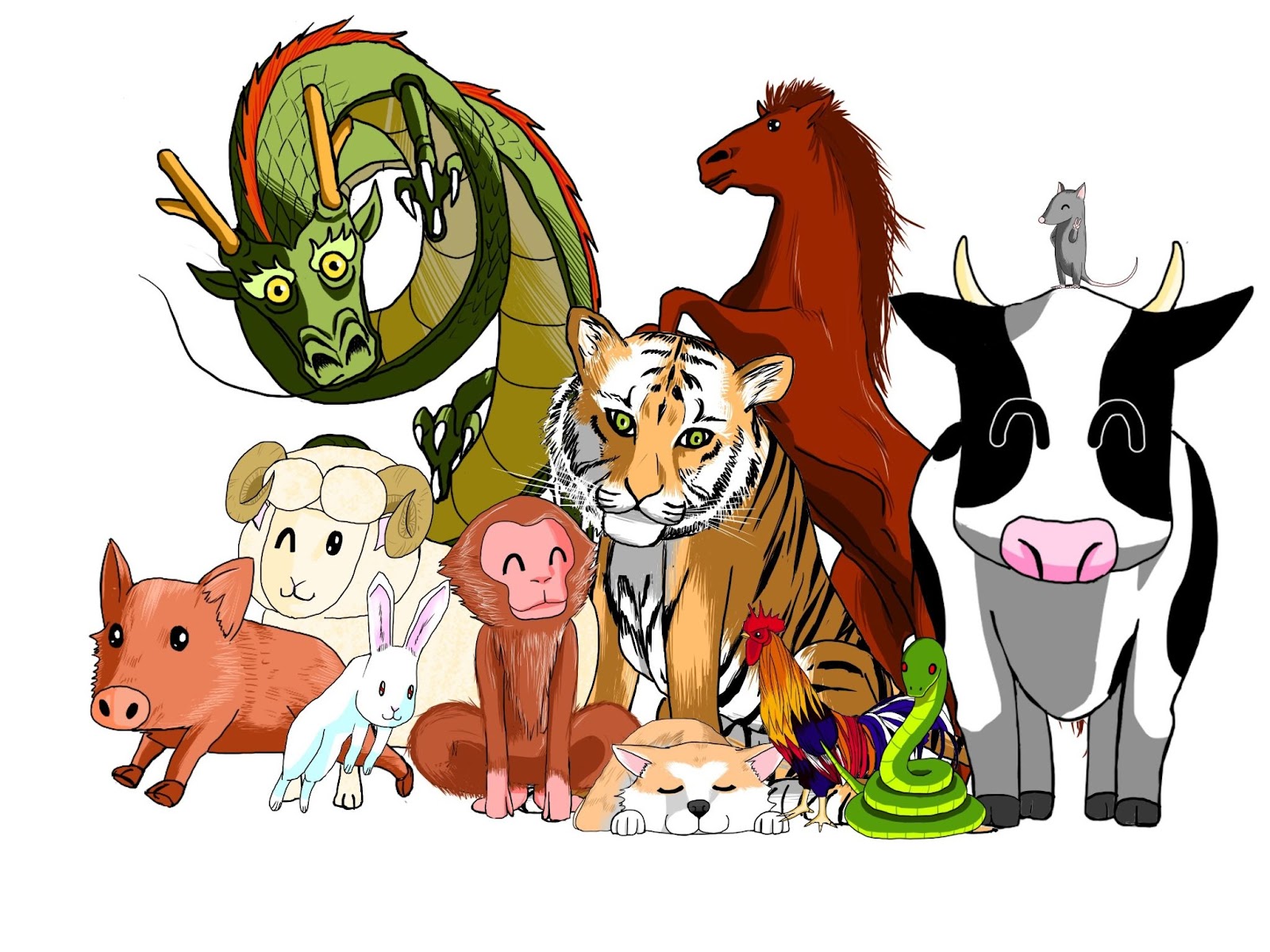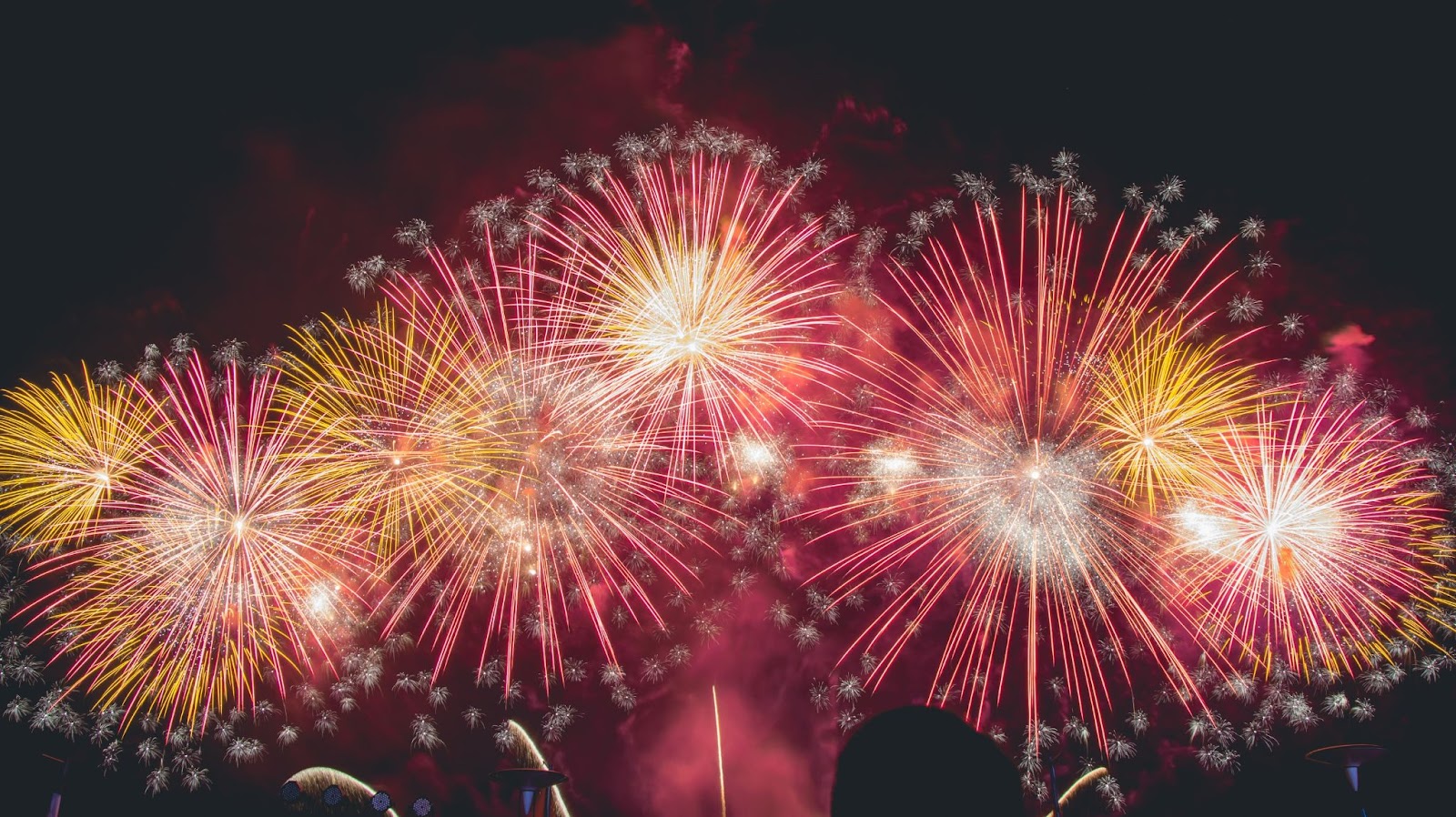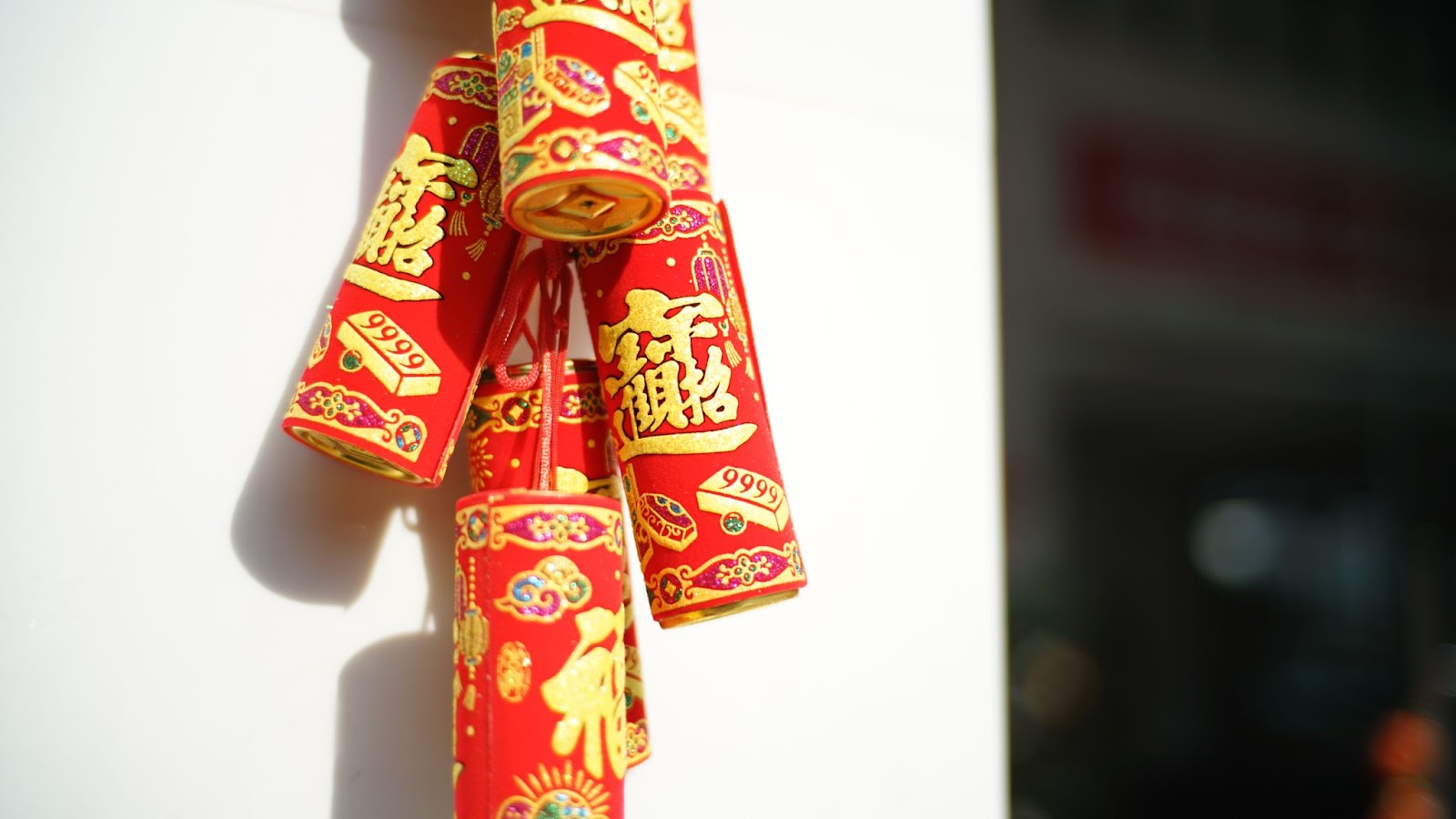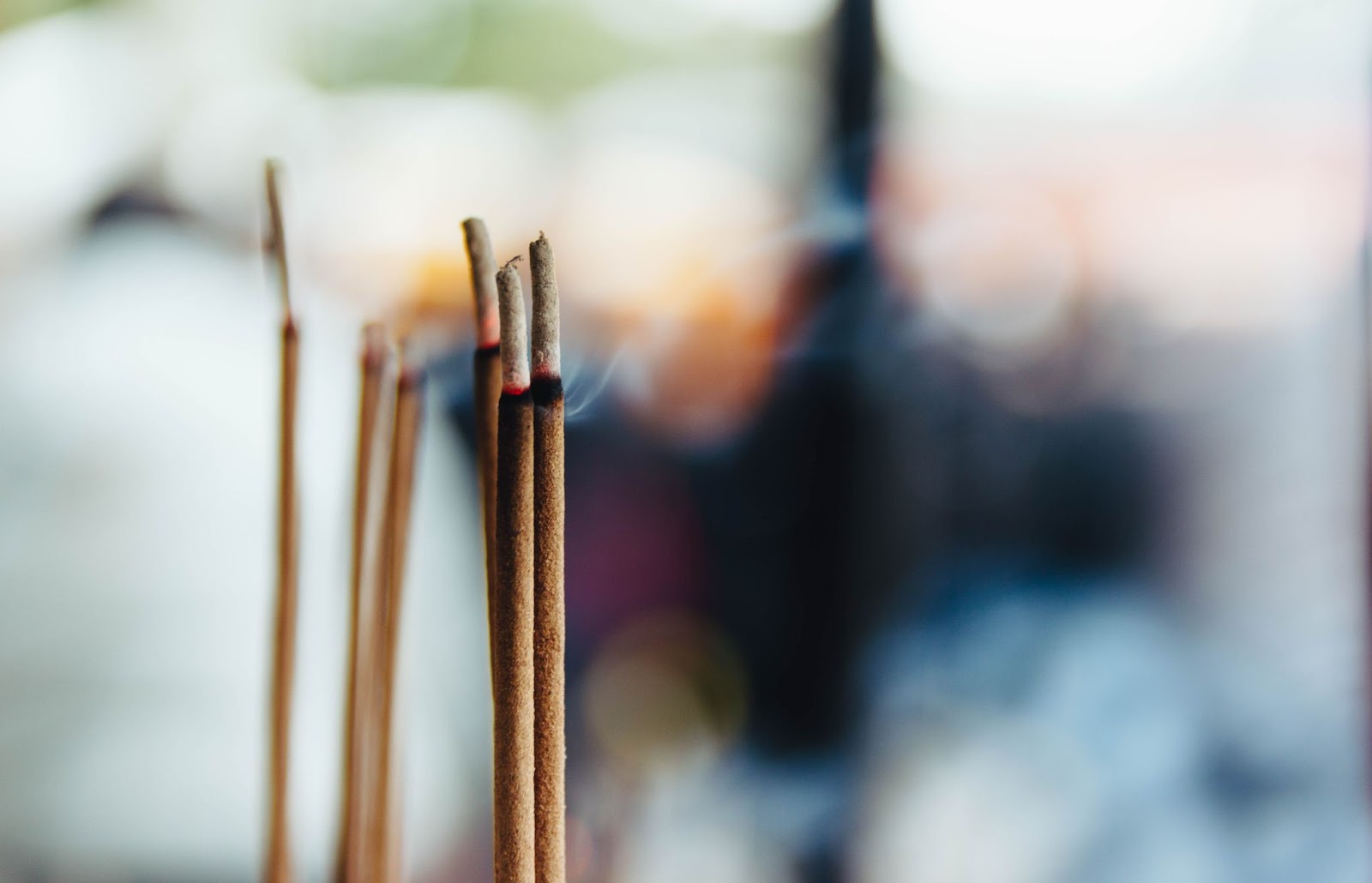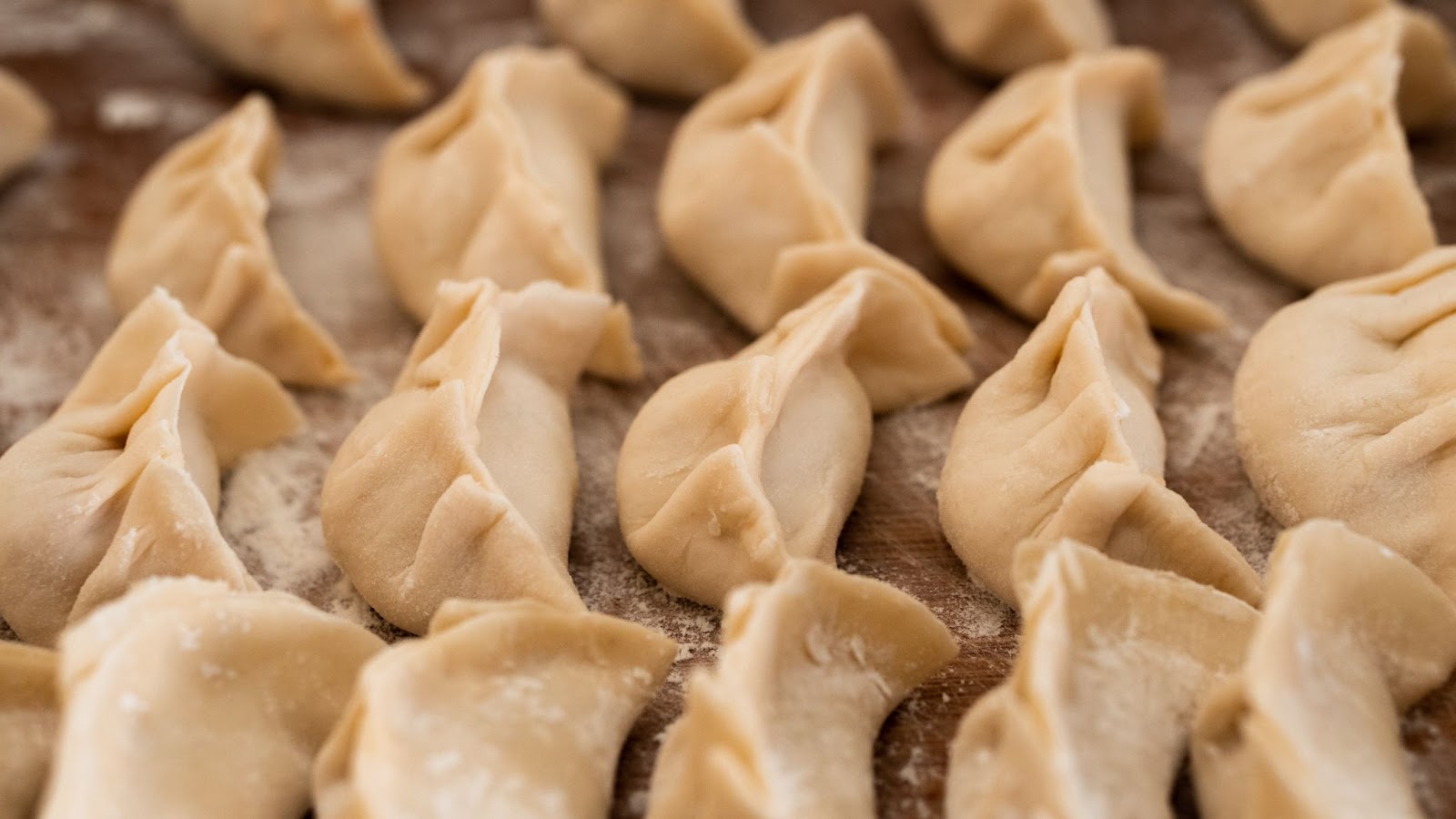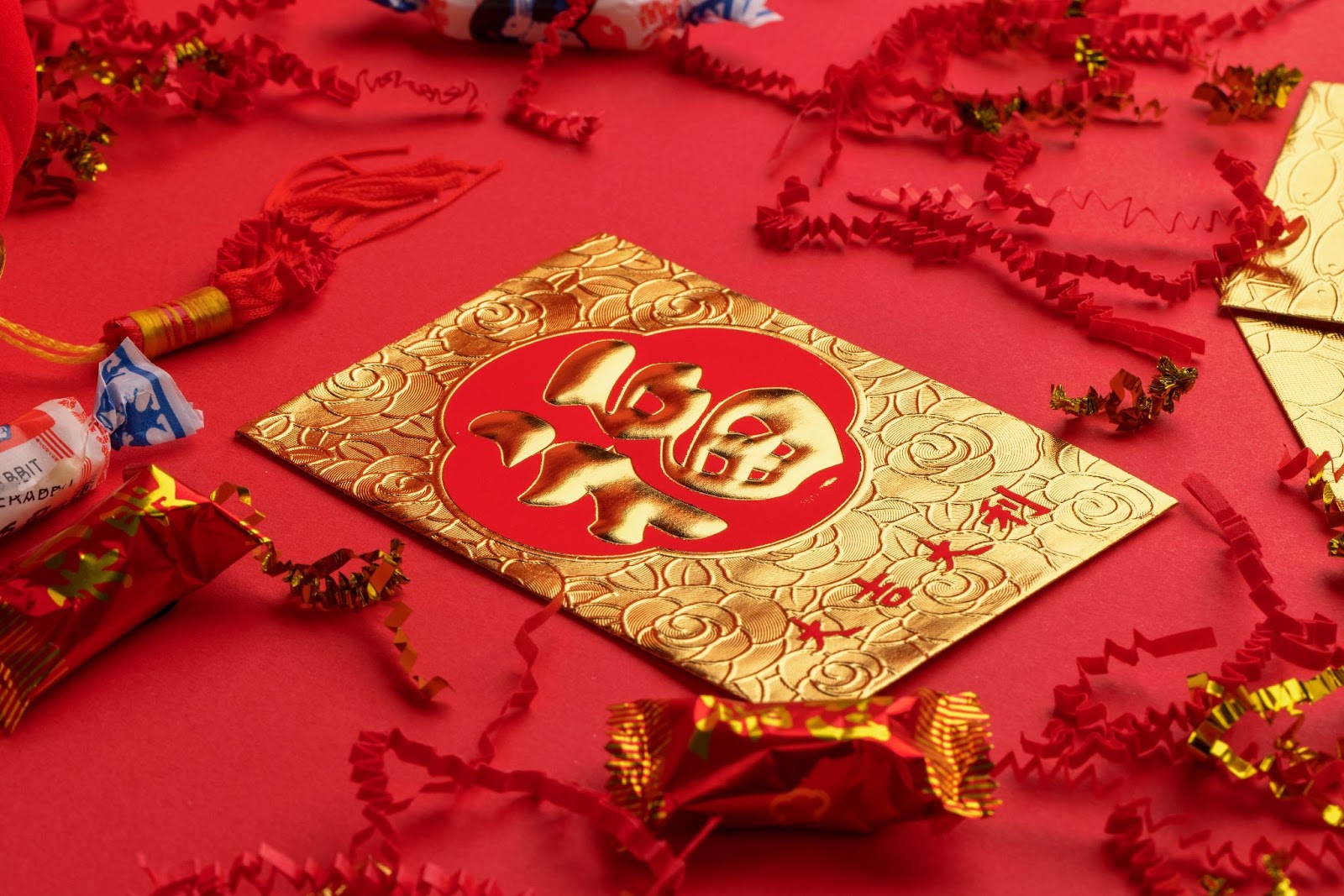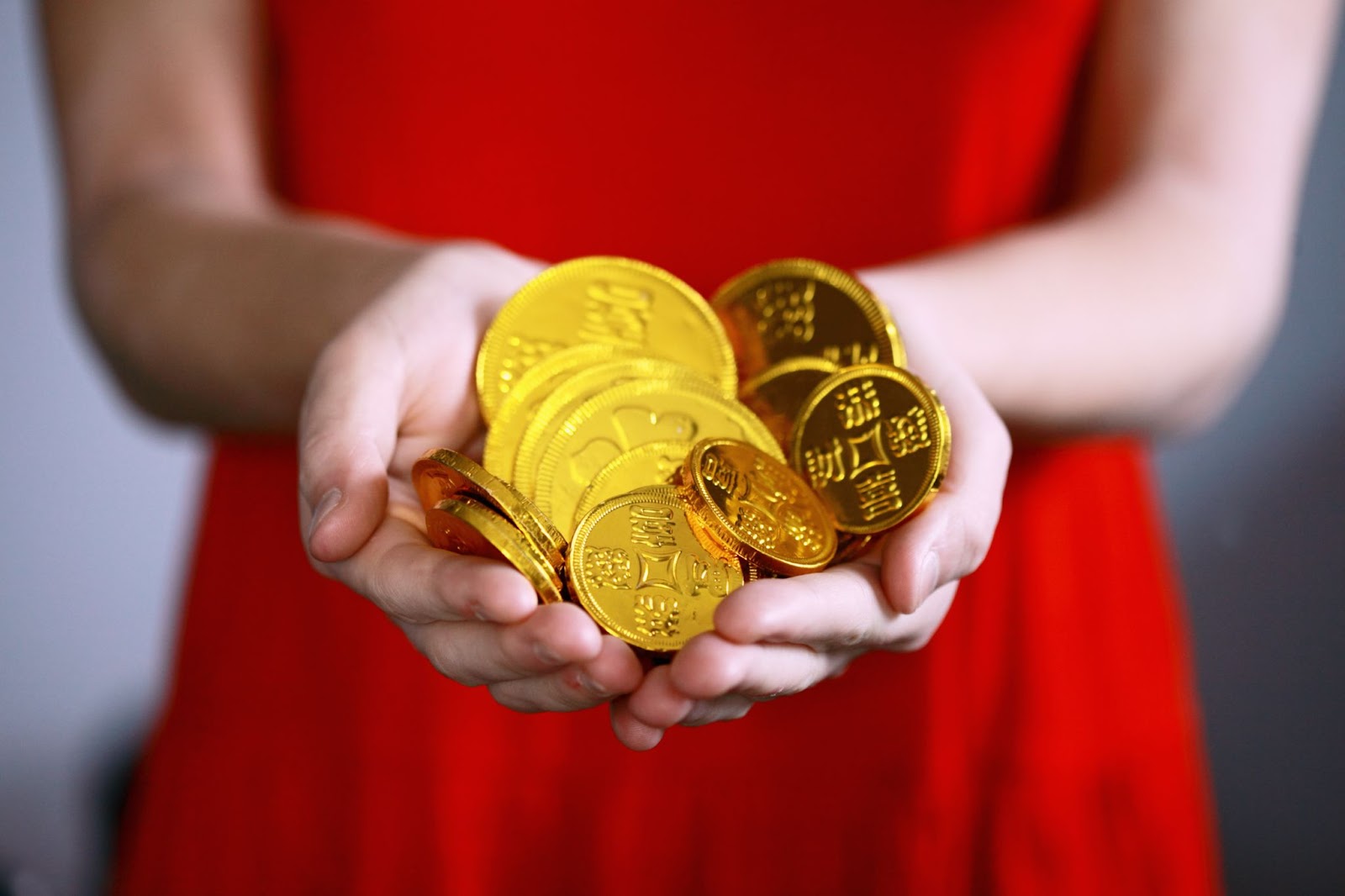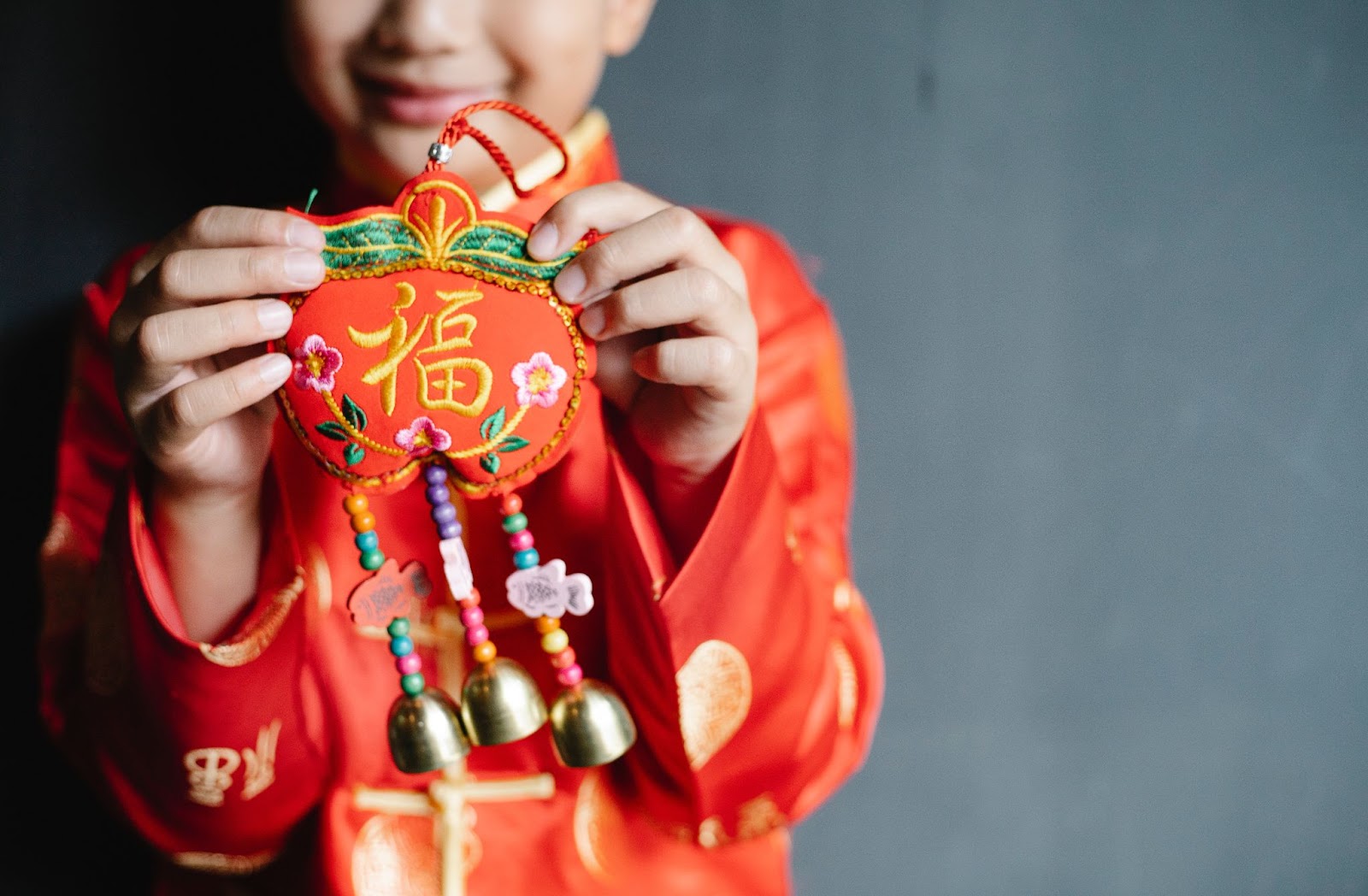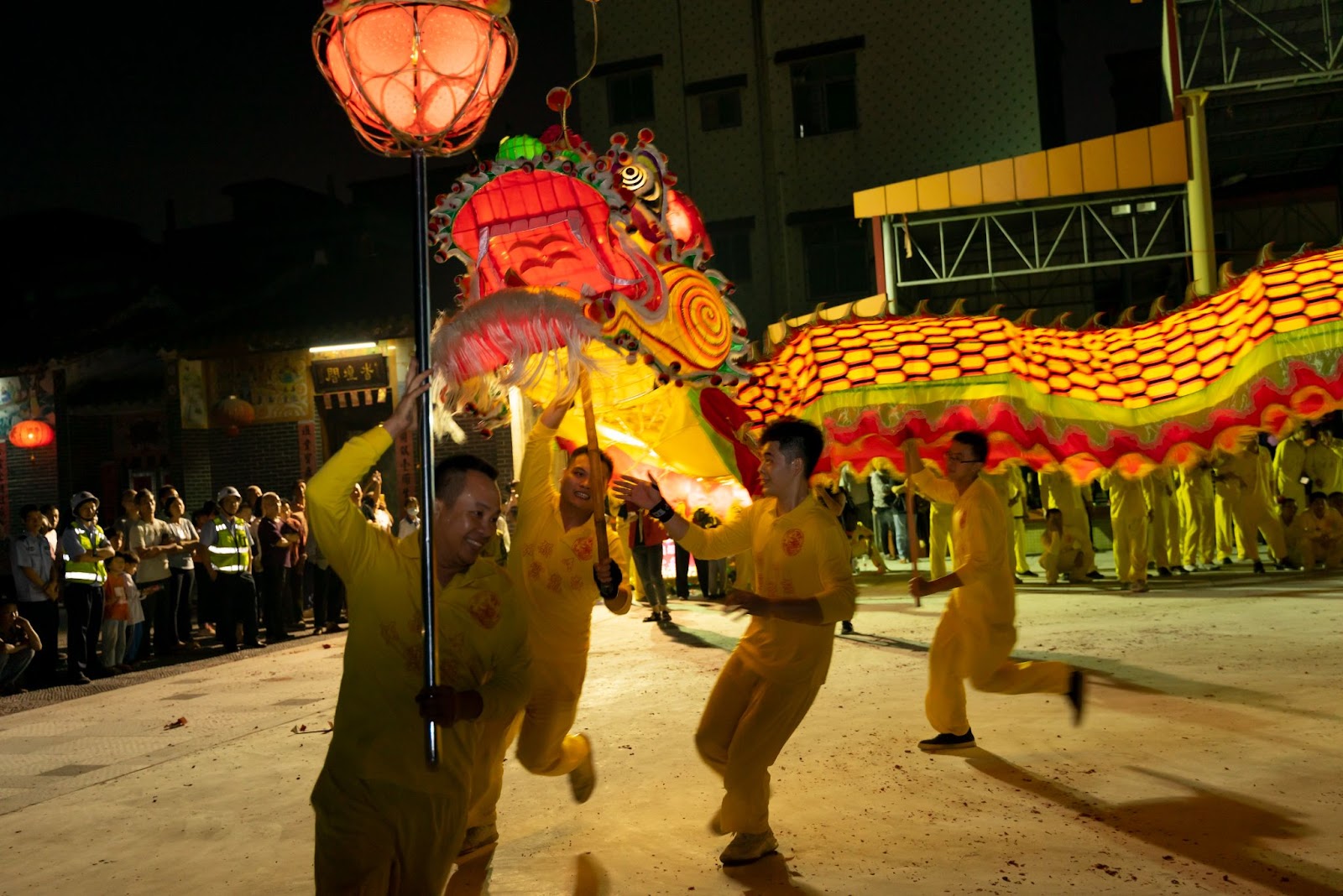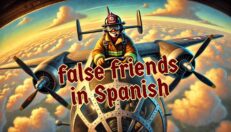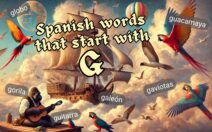Chinese New Year in Spanish: Zodiac Signs and Traditions
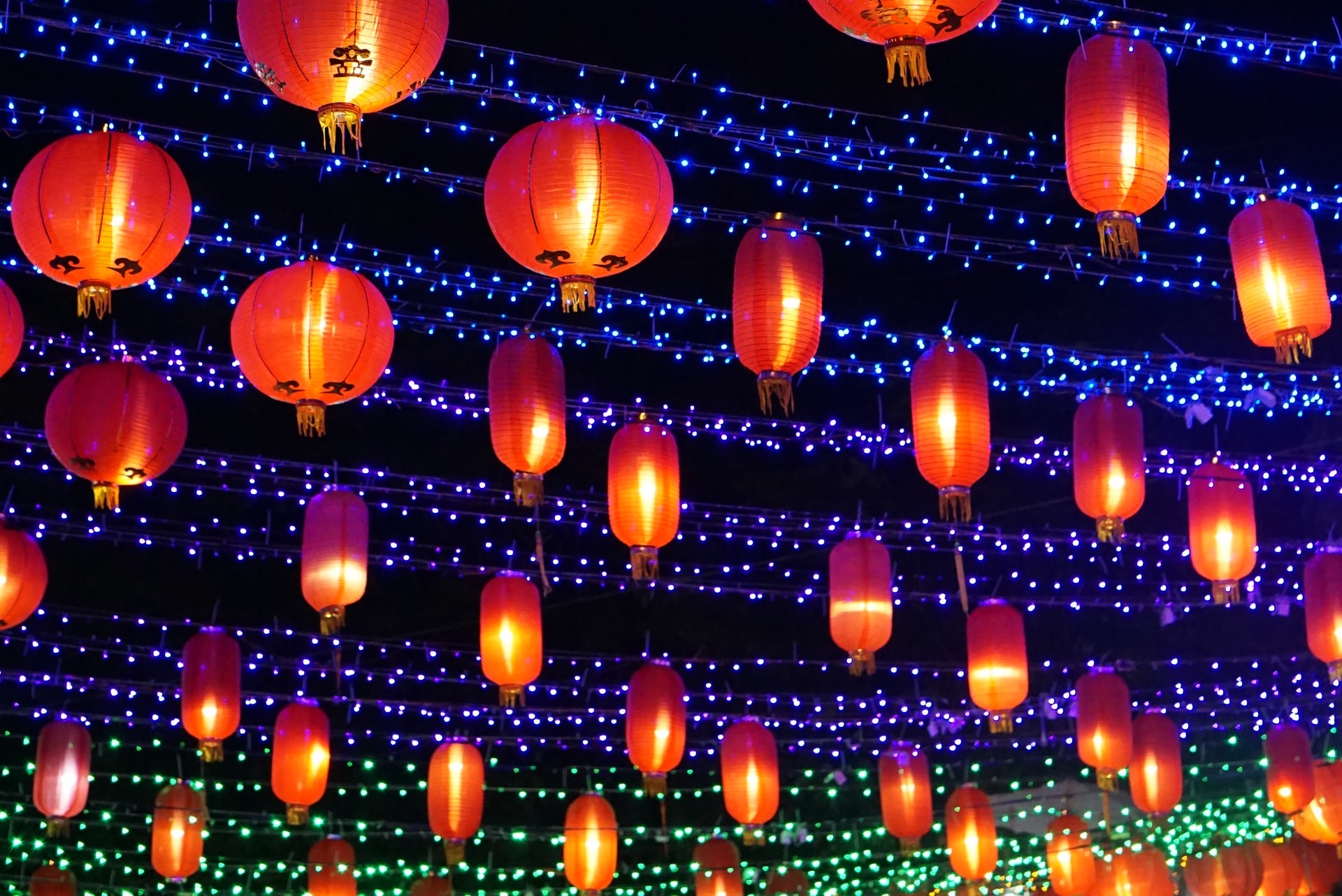
Get our free email course, Shortcut to Conversational.
Have conversations faster, understand people when they speak fast, and other tested tips to learn faster.
More infoAs the Chinese New Year rapidly becomes a global phenomenon, let’s learn to talk about the Chinese lunar calendar in Spanish. In this post we’ll introduce some of the most important Chinese New Year traditions in Spanish, including the twelve Chinese zodiac signs in Spanish, so that you’ll be able to talk all about the Chinese New Year in Spanish!
What is the Chinese Lunar Calendar?
In Chinese culture, in addition to the Gregorian calendar used across the world for tracking time during the year, there’s another calendar known as the lunar calendar. This calendar plays heavily in the fundamental traditions and events of the Chinese people, such as birth names, weddings, and business decisions.
But did you know that this calendar is not strictly lunar but lunisolar? That’s right! This calendar takes into consideration not only the moon phases but also the path of the Earth around the Sun to cover the 365 days of a year. Thus, the Chinese lunisolar calendar keeps head-to-head with the Gregorian calendar, with its start date always falling between mid-January and mid-February.
- Chinese lunar calendar – Calendario lunar chino
- Lunisolar calendar – Calendario lunisolar
Chinese Zodiac Signs in Spanish
The Chinese Zodiac in Spanish – El Zodiaco Chino en Español
In Chinese culture the zodiac signs are fundamental because they mark the destiny of those born under their influence. The Chinese Horoscope has 12 signs, each represented by an animal.
The origin of this distribution is an ancient legend where the Jade Emperor, to control time, gathered all the animals for a race. The order in which the animals reached the finish line determined their position in the horoscope, with the rat being the first one and the pig the last. Thus, each year is represented by an animal.
Starting with The Year of the Rat – El Año de la Rata, here are the Chinese zodiac signs in Spanish with their corresponding years in our current decade:
| 2020 | Year of the Rat | Año de la Rata |
| 2021 | Year of the Ox | Año del Buey |
| 2022 | Year of the Tiger | Año del Tigre |
| 2023 | Year of the Rabbit | Año del Conejo |
| 2024 | Year of the Dragon | Año del Dragón |
| 2025 | Year of the Snake | Año de la Serpiente |
| 2026 | Year of the Horse | Año del Caballo |
| 2027 | Year of the Goat | Año de la Cabra |
| 2028 | Year of the Monkey | Año del Mono |
| 2029 | Year of the Rooster | Año del Gallo |
| 2030 | Year of the Dog | Año del Perro |
| 2031 | Year of the Pig | Año del Cerdo |
Chinese New Year in Spanish – El Año Nuevo Chino
The Chinese lunar calendar counts the moon cycles from one spring to the next, starting with the Chinese New Year. Chinese New Year always falls on one of the first new moons of the year in mid-January to mid-February.
Chinese New Year is one of the most important festivities of the Chinese people, celebrated with the Spring Festival. The Spring Festival has a duration of 15 days and is the longest holiday in the country.
In this period families are reunited, and houses are decorated with Chinese characters and lanterns. Decorations have red as the dominant color, because it’s an auspicious color, it keeps evil away, and it brings good luck and good fortune.
Chinese New Year Traditions – Tradiciones del Año Nuevo Chino
The Chinese New Year is an event full of traditions and one of the essential celebrations of Chinese culture. The preparations begin seven days early with a deep cleaning of all the houses. Once the date comes, it is time for enjoying with the family, eating delicious food, and receiving the year that comes full of good energy and good fortune.
Let’s see some of the most common traditions during the Chinese New Year celebration.
Fireworks – Fuegos artificiales
During the celebration of the Chinese New Year, the fireworks keep the evil spirits away and announce a new year full of prosperity and good fortune. Also, they’re lots of fun!
- The celebration of the Chinese New Year is always filled with beautiful fireworks. – La celebración del Año Nuevo Chino siempre está llena de hermosos fuegos artificiales.
- Do you enjoy watching the fireworks? My grandma used to say that fireworks keep the evil spirits away, and announce a new year full of prosperity and good fortune. – ¿Disfrutas ver los fuegos artificiales? Mi abuela decía que los fuegos artificiales alejan a los malos espíritus y anuncian un nuevo año lleno de prosperidad y buena fortuna.
Firecrackers – Petardos
The firecrackers during New Year’s Eve express the joy and happiness of the new energies to come.
- People gather outside their homes and light firecrackers as a sign of joy for the new year. – Las personas se reúnen fuera de sus casas y encienden petardos en señal de alegría por el nuevo año.
- Do you like to light firecrackers? In my town it’s a tradition to light them on New Year’s Eve. – ¿Te gusta encender petardos? En mi pueblo es una tradición encenderlos en la víspera de Año Nuevo.
Incense – Incienso
Many people visit temples on New Year’s Eve and burn incense sticks as an offering to ask for good fortune in the new year.
- It is a Chinese tradition to burn incense as an offering to the gods and pray for good fortune. – Es costumbre china quemar incienso como una ofrenda para los dioses y orar por buena fortuna.
- We all go to the temple as a family to offer incense sticks in gratitude to the gods every New Year’s Eve. – Cada víspera de año nuevo vamos todos en familia al templo para ofrecer varitas de incienso en agradecimiento a los dioses.
Holiday – Feriado
The celebration of the Chinese New Year lasts 15 days, and during this time (especially during the first week) nearly all commercial activity comes to a stop.
- The holiday in China occurs during the first seven days of the Chinese New Year celebration. – El feriado en China ocurre los primeros siete días de la celebración del Año Nuevo Chino.
- Did you know that the only holiday that people in China take is during the Chinese New Year celebration? It is the only time in the year when they stop working. – ¿Sabías que el único feriado que toman las personas en China es durante la celebración del Año Nuevo Chino? Es el único momento del año en el que dejan de trabajar.
To travel – Viajar
The New Year celebration is the period in which people in China travel far and wide across the country to visit their relatives.
- During the 15-day Chinese New Year celebration, people take advantage of their free time to travel and meet with their loved ones. – Durante los 15 días de celebración del Año Nuevo Chino, las personas aprovechan el tiempo libre para viajar y reunirse con sus seres queridos.
- The Chinese people take advantage of this celebration as an auspicious time to travel and reconnect with family at home and abroad. – El pueblo chino aprovecha esta celebración como un tiempo propicio para viajar y reconectarse con la familia dentro y fuera del país.
Dumplings – Albóndigas cocidas al vapor
One of the most popular New Year’s dinner dishes is steamed buns or dumplings which are shaped like gold ingots to represent wealth and can be eaten without limit.
- My favorite new year dish is dumplings; I always eat them until I burst. – Mi plato favorito en año nuevo son las albóndigas cocidas al vapor; siempre las como hasta reventar.
- Dumplings can never be missing during the New Year’s dinner as a representation of the wealth of the coming year. – Durante la cena de año nuevo nunca pueden faltar las albóndigas cocidas al vapor como representación de la riqueza del año venidero.
Glutinous rice ball – Bola de arroz glutinoso
These are among the desserts present at the New Year’s dinner: boiled glutinous rice balls filled with sweet paste, usually beans. This dessert represents family togetherness.
- Do you know glutinous rice balls? They are filled with sweet bean paste and are traditional desserts typical of the New Year festivities. – ¿Conoces las bolas de arroz glutinoso? Están rellenas de pasta de frijol dulce y son postres tradicionales propios de las festividades de año nuevo.
- Glutinous rice balls are a traditional Chinese dessert that represents family unity. – Las bolas de arroz glutinoso son un postre chino tradicional que representa la unidad familiar.
Golden paper – Papel dorado
Gold represents prosperity and always accompanies the red color in decorations and for wrapping sweets and gifts.
- My parents bought a lot of sweets wrapped in gold paper to bring prosperity in the new year. – Mis padres compraron muchos dulces envueltos en papel dorado para atraer la prosperidad en el nuevo año.
- The grandparents’ gifts were wrapped in gold paper with red ribbons for good fortune. – Los regalos de los abuelos estaban envueltos en papel dorado con cintas en color rojo para la buena fortuna.
Red envelope – Sobre rojo
Family members and friends, especially the kids, receive red envelopes with money inside, which should be a multiple of 100 based on lucky numbers like 200, 800, or 900. Quantities like 40 or 400 should be avoided because their pronunciation in Chinese is like the word “death” and is a bad omen.
- Grandpa gave each of the kids red envelopes with 100 Yuan inside this year. – Este año el abuelo le dio a cada uno de los niños sobres rojos con 100 Yuan dentro.
Lucky coins – Monedas de la suerte
This ritual is for attracting money and abundance and consists of putting two coins inside a red bag on New Year’s Day. It must be placed in a visible place in the house to attract money all year long.
- My grandmother made me a little red bag to store the lucky coins and carry them with me as a good luck charm. – Mi abuela me hizo una bolsita de color rojo para guardar las monedas de la suerte y llevarlas conmigo como amuleto de buena suerte.
- Chinese astrologers recommend keeping lucky coins in red envelopes and placing them in a conspicuous place to attract money into the home. – Los astrólogos chinos recomiendan guardar monedas de la suerte en sobres de color rojo y colocarlos en un lugar visible para atraer dinero al hogar.
Good fortune – Buena fortuna
During the New Year celebration, all the rituals, decorations, and activities are focused on manifesting and attracting as much good fortune as possible. One of the most representative symbols is the character Fu, which means “luck and happiness” and cannot be missed on this holiday.
- We are going to write the Fu character on the children’s red envelopes for happiness and good fortune. – Vamos a escribir el carácter Fu en los sobres rojos de los niños para la felicidad y la buena fortuna.
- My family has decorated the house with lots of red and gold garlands to attract as much good fortune as possible in the new year. – Mi familia ha decorado la casa con muchas guirnaldas de color rojo y dorado para atraer toda la buena fortuna posible durante el nuevo año.
Dragon dance – Danza del dragón
The dragon dance is one of the most outstanding cultural manifestations of the Chinese New Year celebration. With this emblematic dance, the new year is welcomed.
- My dad and brother take part in the dragon dance every year during the Spring Festival. – Mi papá y mi hermano participan todos los años en la danza del dragón durante el Festival de Primavera.
- The dragon dance is an emblematic tradition during the welcoming ceremony of the new year. – La danza del dragón es una tradición emblemática durante la ceremonia de bienvenida del nuevo año.
Lantern Festival – Festival de los Faroles
Celebrations culminate with the Lantern Festival, on the 15th day of the Chinese New Year. The Lantern Festival is an exhibition of a great variety of lanterns with diverse sizes, forms, and colors. The materials used for these lanterns are paper, silk, bamboo, glass, or even jade. In the past, candles were used to light up the lanterns. Nowadays, however, the candles have been replaced with LED lights.
- This year’s Lantern Festival had so many beautiful tiger lanterns to mark the start of the Year of the Tiger. – Este año el Festival de los Faroles tuvo muchos hermosos faroles de tigre para así marcar el comienzo del Año del Tigre.
Conclusion
We hope you enjoyed this fun post about the most important time of year in Chinese culture. Now you’ve learned about the Chinese lunar calendar in Spanish, you can name all of the Chinese zodiac signs in Spanish, and you’ve learned many of the traditions to talk about the Chinese New Year in Spanish. ¡Feliz Año Nuevo Chino!
